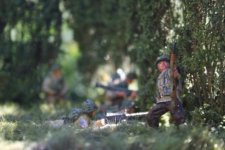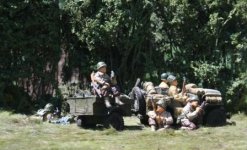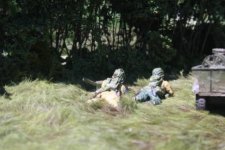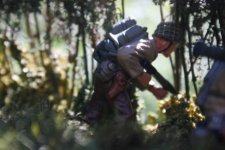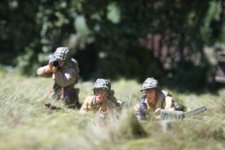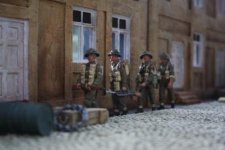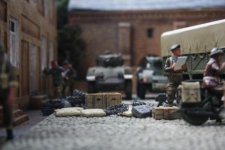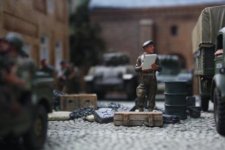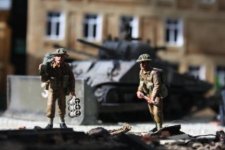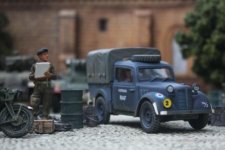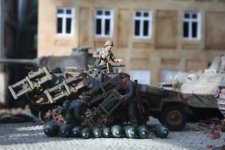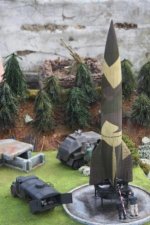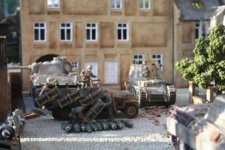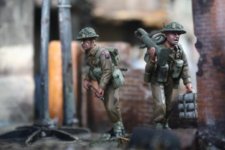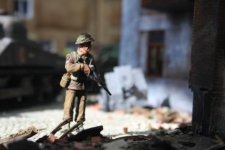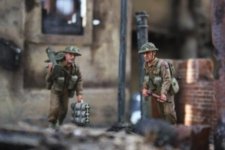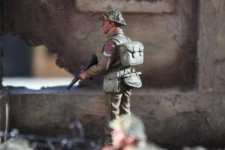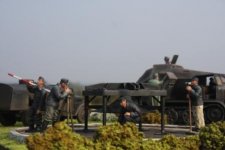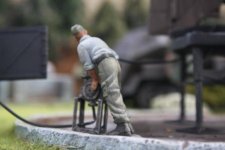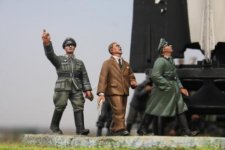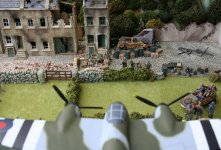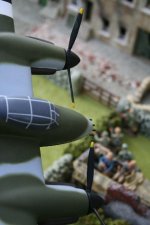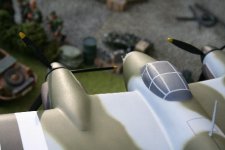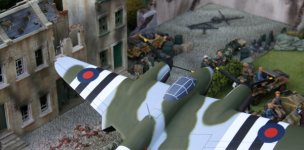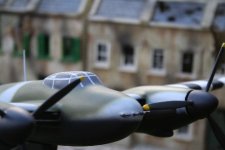In September 1944, Market Garden was launched against the retreating Wehrmacht consisting of old men and bicycles, to 'bounce' across the major river obstacles into Germany through Northern Holland and end the war before Christmas by taking the Ruhr industrial area from behind.
Three airborne divisions, US 101 and 82 plus the previously untried 1st British Airborne (they missed out on D Day) were dropped as an airborne carpet, taking and holding key roads and bridges on route.
British 30 Corps were to relieve them by puching through stiff resistance based on defences across canals in Northern Belgium and Southern Holland, driving down the road through Eindhoven, Nijmegen and Arnhem - a massive operation, becoming more complex as the Germans demonstrated yet again their amazing ability to regroup and fight flexibly in 'kampfegruppe', wherever the threat appeared.
Allied aircover was not as dominant as normal, due to the fact that Holland was covered in Luftwaffe flak units as it was on the main bomber route into Germany. The weather was also a factor with fog.
Finally, the German Falschirmjager had tried a similar move in 1940 against the relatively small Dutch Army - although it had the element of complete surprise and was successful, they still took fairly heavy casualties.
And so it begins............allied medium bombers prepare on British airfields, and 1st Airborne begin to load in the massive Horsa Glider.
